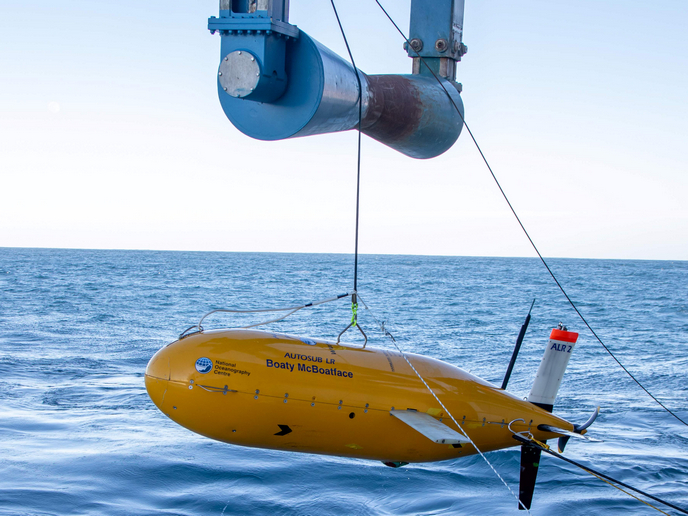Quieter tyres for cleaner air and microplastic-free environments
The wear and tear of car tyres is a major source of microplastic pollution in the ocean, according to research(opens in new window) by The Pew Charitable Trusts. Through road friction and exposure to environmental conditions, the tyre material degrades into small particles that are carried into the environment by air or rain. One of the goals of the EU-funded LEON-T(opens in new window) project is to better understand tyre-generated microplastics. “Tyre wear is considered one of the largest sources of microplastic emissions. We are working on estimating the transport and transformation of these tyre wear particles through the environment,” states Juan J. García, LEON-T project coordinator. To achieve this objective, the LEON-T consortium is investigating the differences and influencing factors on tyre abrasion rate and particle emissions.
Airless tyres: a possible solution
LEON-T is designing and testing heavy goods vehicles’ airless tyres, which should result in less rubber being worn away. But the main scope of the project is to investigate the particulate and noise emissions generated by tyre-road interaction, which should also be addressed by the new tyre technology. A first prototype of the airless tyre had a successful driving test on a truck. “There is considerable potential for rolling resistance reduction and we also believe this design will significantly reduce noise emission,” affirms García. In a future commercial production, this airless tyre should last as long as the heavy vehicle it is used on, provided there is a proper exchange of the rubber tread when it is worn down to minimum tread depth. Fundamentally, it will be a retread product that will need much less rubber than air-filled tyres. A retread is defined as a used tyre that has been repaired and recycled, with a new layer of tread applied to its surface.
Analysis of tyre-road interaction
Through laboratory simulators, analytical techniques and tests on real roads, the project provided several insights on tyre wear and tear. In general, non-studded winter tyres wear faster and release more particles than summer and all-season tyres. These differences are related to the hardness of tyre rubber mixes, which are softer in winter tyres. Tests showed that volatiles, such as benzothiazoles, and other tyre-related particles are also emitted. Regarding size, most of the particles generated from tyre wear were bigger than 2.5 µm, while 10 % were smaller than 0.2 µm. LEON-T also examined the potential effects of tyre noise on cardiovascular health, using waking tests and sleep studies. “Tyre noise induced acute event-related sleep fragmentation. This did not lead to an overall change in average sleep across the night but led to increased cardiovascular arousal and some indications of change in cardiometabolic pathways,” reports García. As a result of a combination of lower noise levels and difference in the spectral content, airless tyres proved to be less disruptive to physiological sleep and cardiovascular arousal than traditional air-filled tyres.
Real effects on policies
Based on its comprehensive studies, LEON-T will recommend policy measures to limit the contribution of tyre-road interactions to microplastics in the environment, airborne particulate exposure and traffic noise. These recommendations include ways of preventing or reducing particle formation, such as improved tyres and better fleet maintenance, as well as means to collect particles upon emissions and to treat particles once they are in the environment.







